Page 1 of 2 August 2008
Troubleshooting Guide
Smoke Alarms
Smoke Alarms • Carbon Monoxide Alarms • Heat Alarms • Fire Extinguishers
Smoke Alarm Troubleshooting Guide
for Contractor and Builder Service Managers
Why can smoke alarms go into alarm when no smoke is present?
Any of these situations can cause unwanted alarms:
• Cover or sensor chamber is covered by dust or dirt.
Alarms may look clean, but dust can accumulate inside the cover, especially in newly built
homes. Gently vacuum smoke alarms regularly using the soft brush attachment. Be sure
electricians install the provided dust cover to keep alarm clean during construction.
• Insects covered or clogged the sensor chamber.
Clean the smoke alarm with the soft brush attachment on your vacuum.
• Alarm was triggered from another part of the home.
In a system of interconnected AC or AC/DC alarms, the unit triggering the alarm is in another
part of the home - smoke may be present, but you can't see it.
• Power interruptions to AC/DC smoke alarms.
Smoke alarms may alarm briefly when power is interrupted, then restored. Power interruptions
are common in areas where utility companies switch grids in the early hours of the morning.
• A loose electrical connection on AC or AC/DC smoke alarms.
In AC or AC/DC smoke alarms, a loose hot wire
connection can intermittently disconnect
power to the smoke alarm. The effect is the same as a power failure. When power is restored,
the units may alarm briefly. Note: A loose or disconnected neutral wire
may cause the alarm to
chirp or go into alarm. For residential applications, connecting stranded 18 AWG wire from the
smoke alarm to solid 14 AWG wire can be difficult. Be sure wire is making a reliable
connection.
• When the furnace is turned on for first use:
• Oil and residue is present on and in furnaces and ductwork from the factory to protect the
metal surfaces. This can cause smoke to be emitted for a period of time and possibly set
off smoke alarms.
• Dirt, drywall dust and construction debris is often present in ductwork. First use of the
furnace can cause fine particles to be blown through the house possibly causing nuisance
alarms. This is why the homeowner may be in the house for several months without
incident and why nuisance alarms tend to increase during the Fall.
• Humidity-
Ionization smoke alarms are more susceptible to nuisance alarms when placed near a
bathroom or other potentially high humidity area.
• Near Cold Air Returns
Smoke alarms placed near a cold air return are more susceptible to nuisance alarms because
dusty air can be blown through the alarm sensing chamber.
• Smoke alarm may need to be relocated.
If possible, install smoke alarms at least 20 feet from appliances like furnaces and ovens,
which produce combustion particles. Alarms should be at least 10 feet from high humidity
areas like showers and laundry rooms, and at least 3 feet from heat/AC vents and fluorescent
lights whenever possible. In areas where a 20-foot (6 meter) distance is not possible – in
modular, mobile, or smaller homes, for example – it is recommended the Smoke Alarm be
placed as far from these fuel-burning sources as possible. The placement recommendations
are intended to keep these Alarms at a reasonable distance from a fuel-burning source, and
thus reduce “unwanted” alarms. Unwanted alarms can occur if a Smoke Alarm is placed
directly next to a fuel-burning source. Ventilate these areas as much as possible.
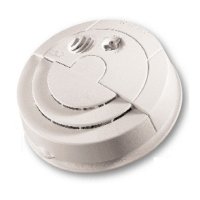
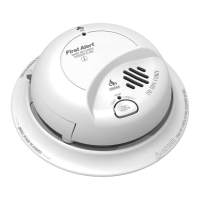
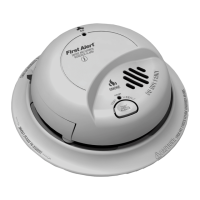


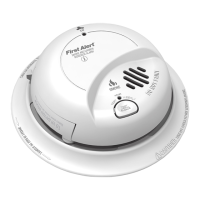
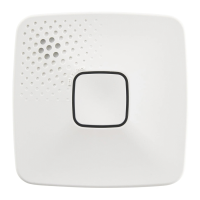

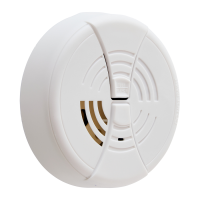


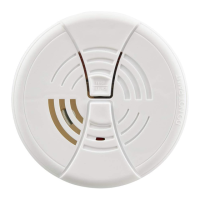
